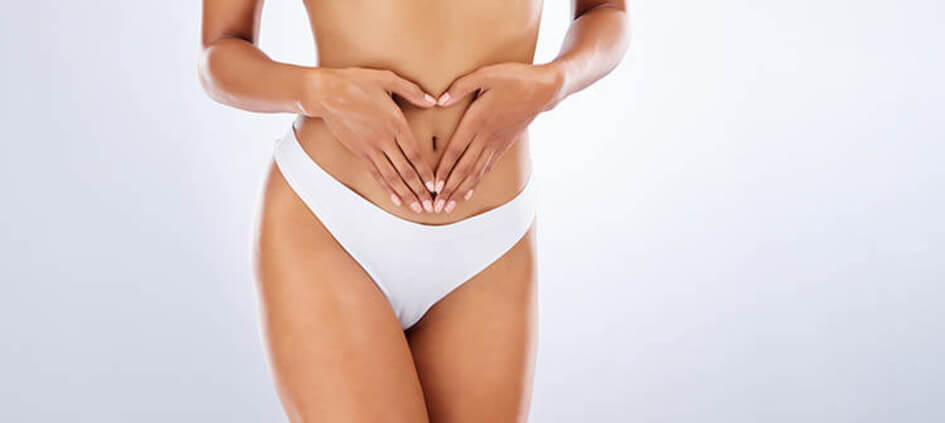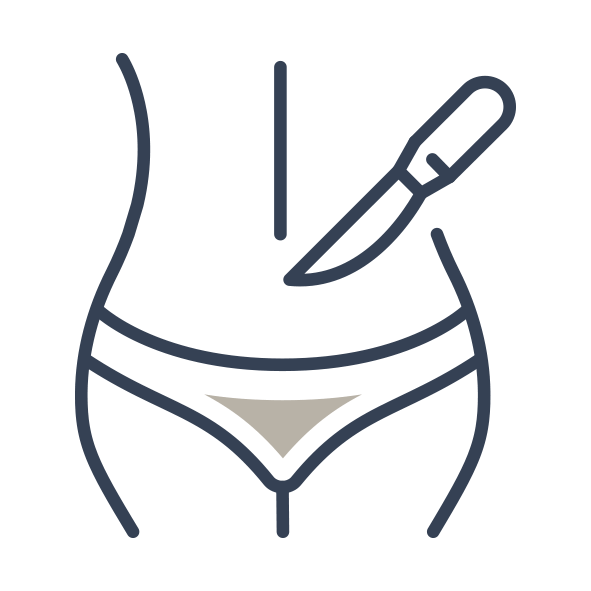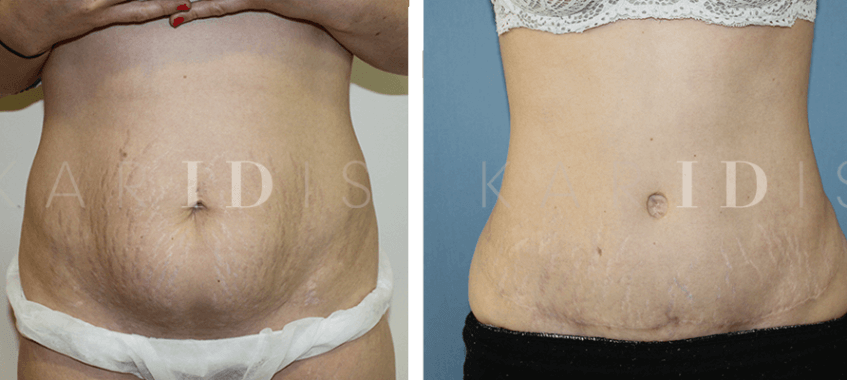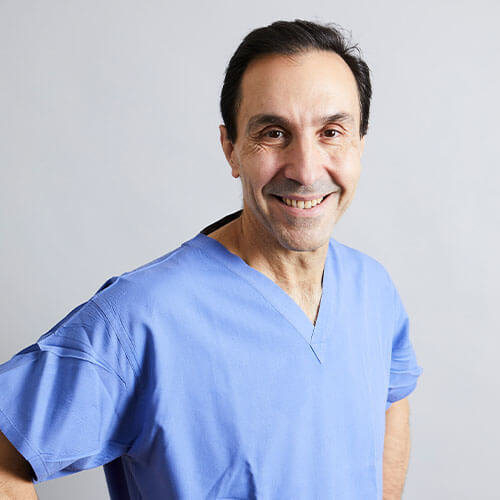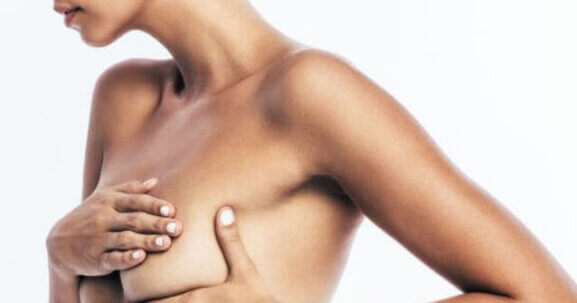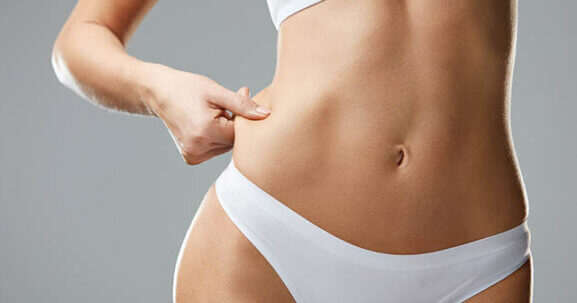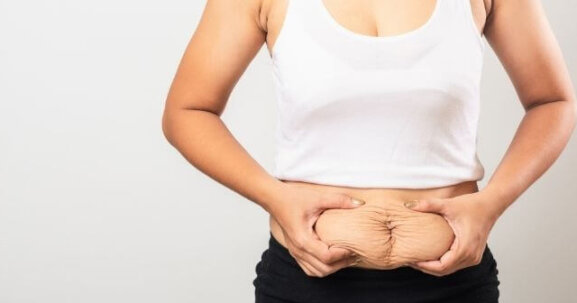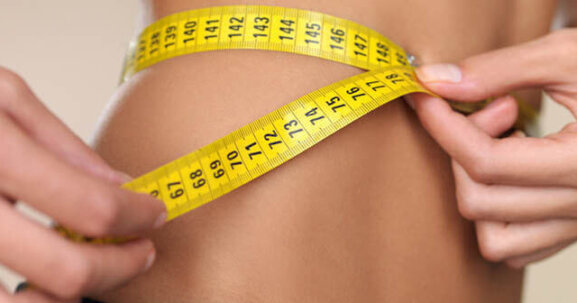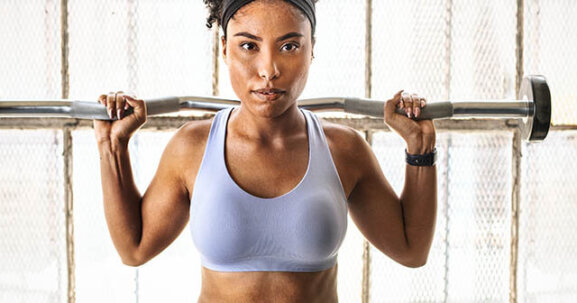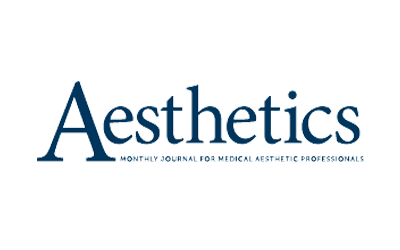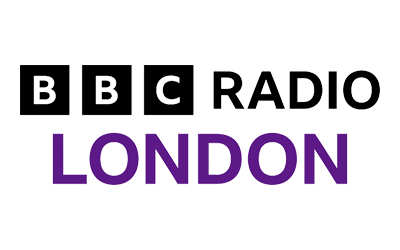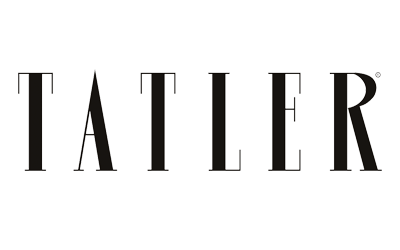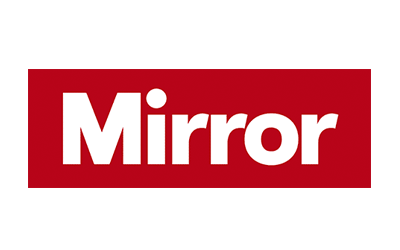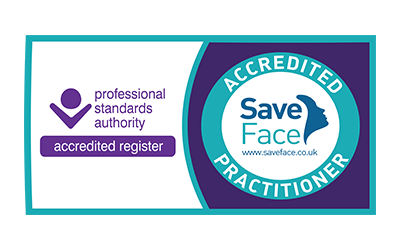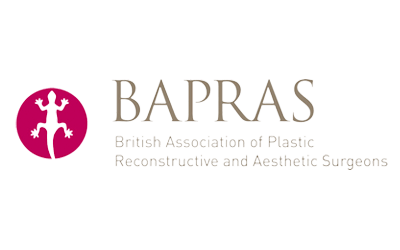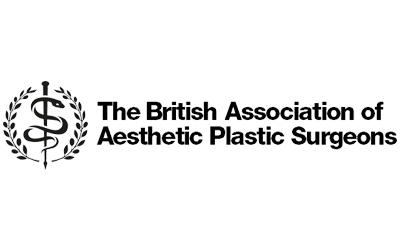Sometimes no matter how much you diet and exercise, those stubborn areas of fat remain. And it can be soul-destroying when you put so much hard work in. For an instant change, liposuction, or fat removal surgery is your answer. It’s also known as lipo, liposculpture or lipoplasty. Essentially, liposuction is the targeted removal of fatty deposits with the use of cannulae and a vacuum. It can be performed on men and women and virtually anywhere on your body, including your face.
Common areas for liposuction include the abdomen, hips, flanks, inner and outer thighs, knees and chin. It’s sometimes performed to complement other surgical procedures such as neck lifts, tummy tucks and gynaecomastia (which is the build-up of fat tissues in the male chest). By choosing Karidis Clinic, you have access to a whole team of different experts so that you can combine treatments if you wish.
Liposuction remains the most effective method for removing fat cells in certain areas. There are different methods used including the tumescent technique, Ultrasonic liposuction, Power Assisted Lipoplasty (PAL) and SmartLipo™. You can chat about the type of procedure most effective for you during your consultation with your surgeon at our London clinic.




